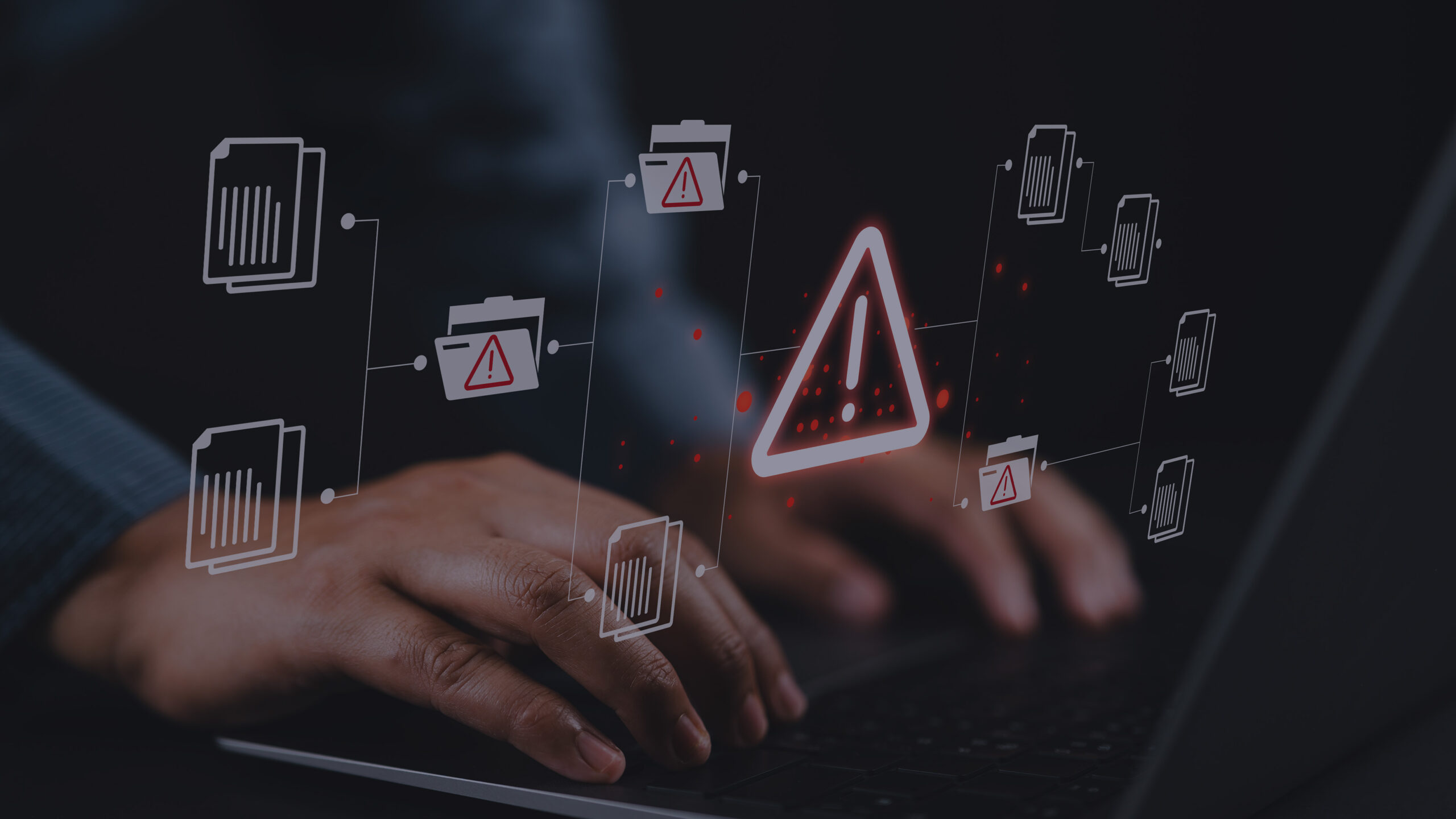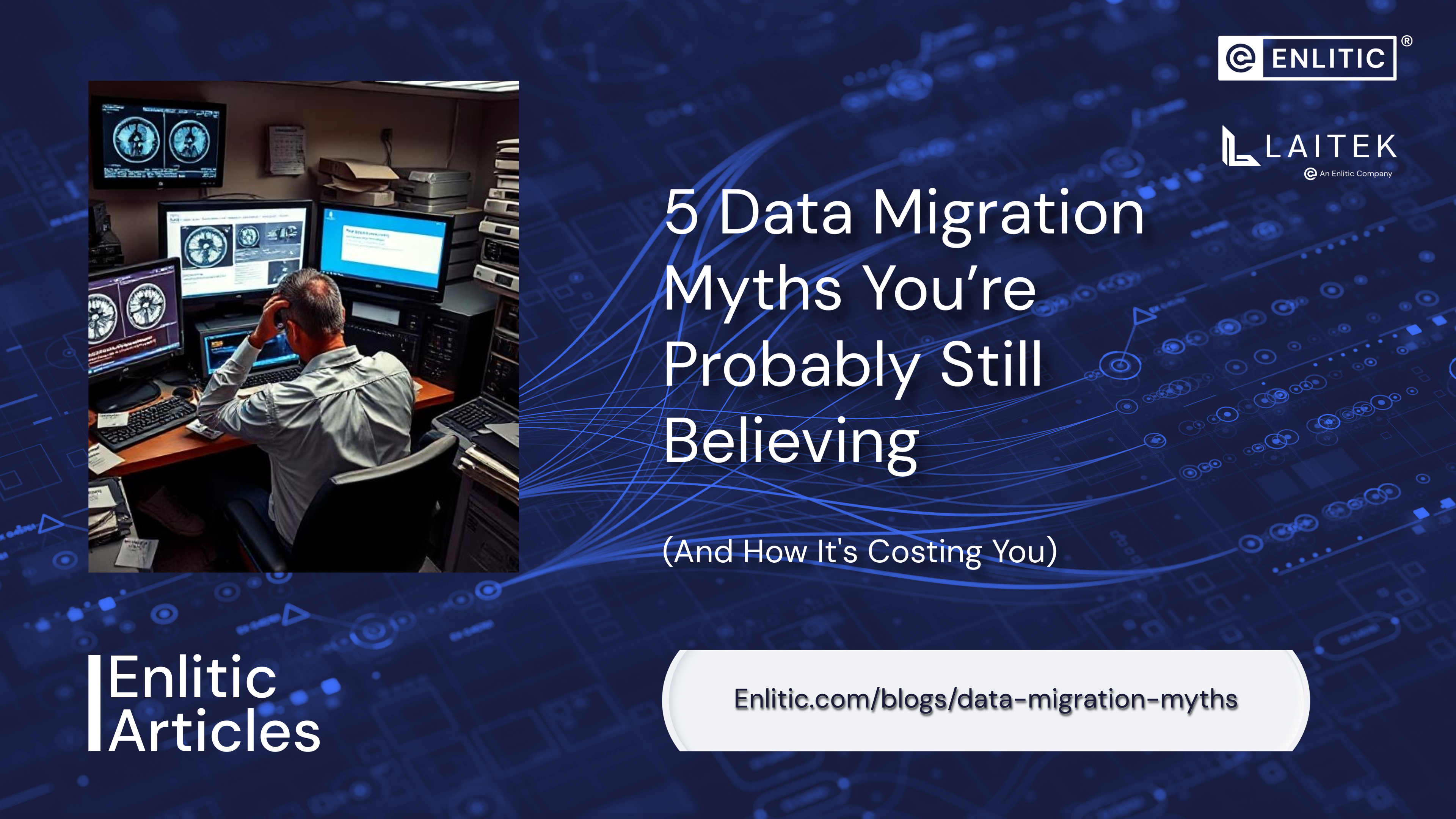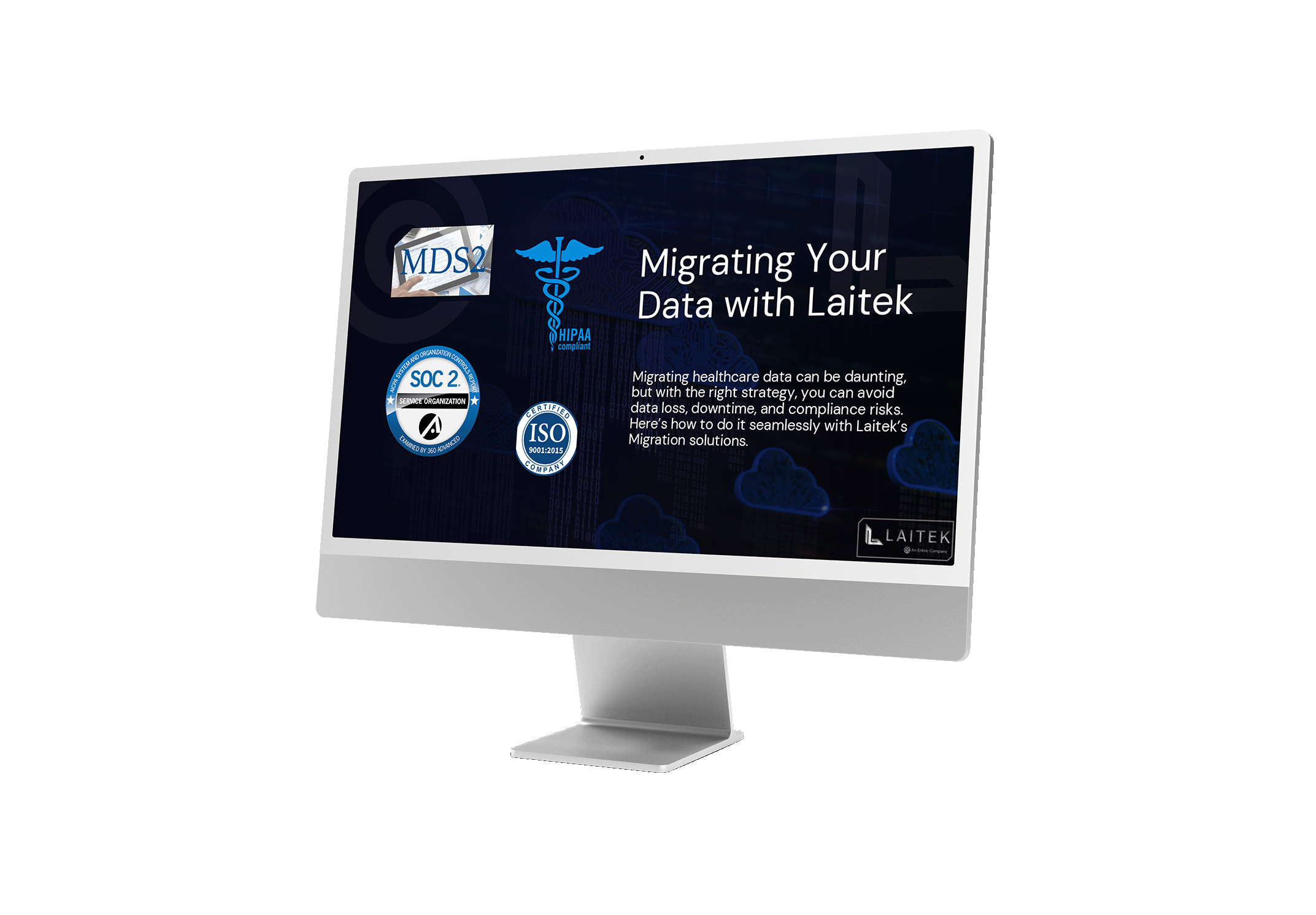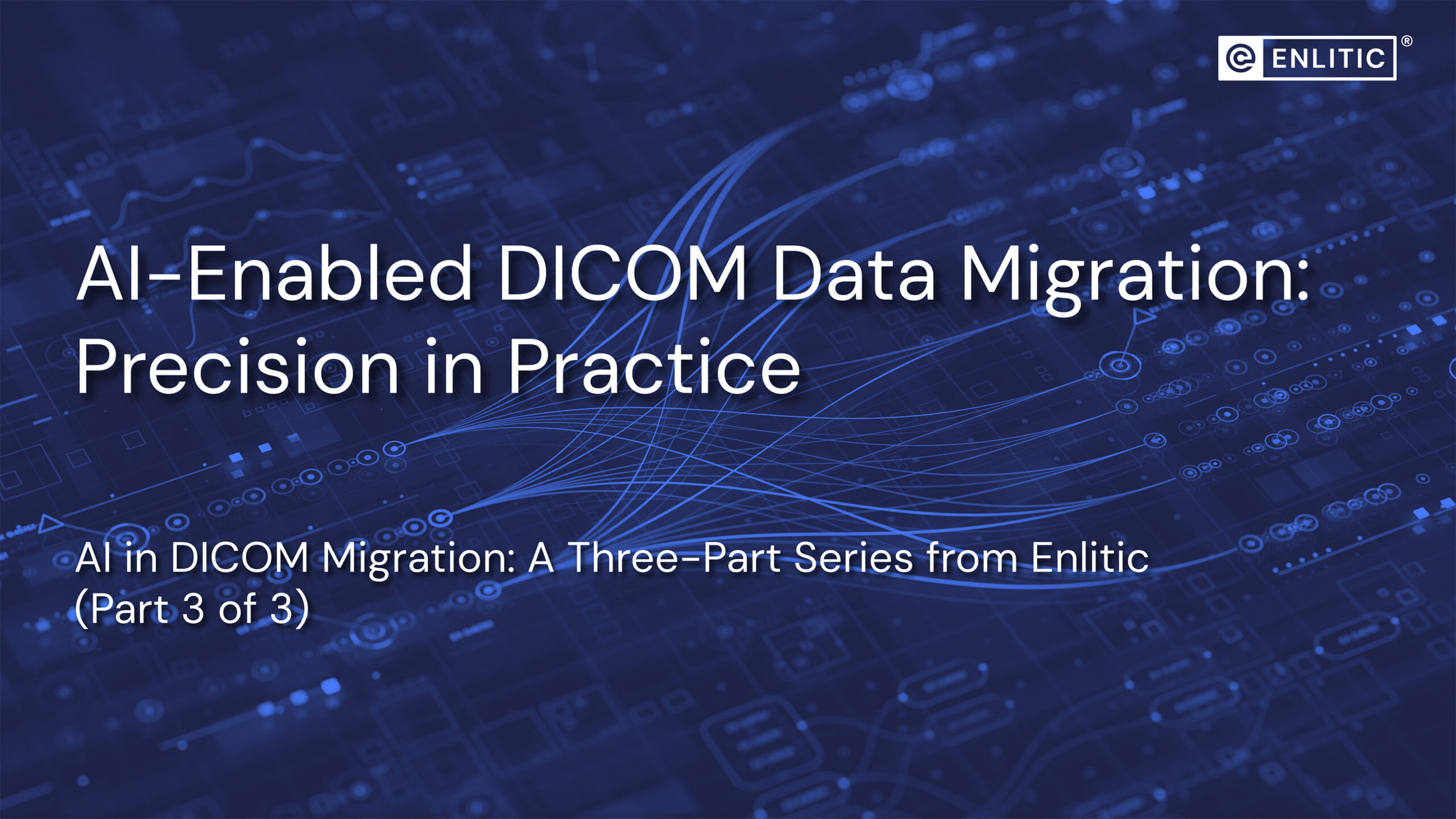In the ever-evolving landscape of healthcare, data has emerged as a critical resource for driving better patient outcomes, optimizing clinical workflows, and advancing medical research. Within this vast realm of data, medical imaging data holds tremendous potential for improving diagnostics and treatment planning. As radiology technology professionals, it is essential to explore avenues that can enhance data collection and innovate healthcare data solutions. It is time to begin implementing technologies that can revolutionize data collection, offering new opportunities for precision medicine and personalized care.
Standardization, Interoperability, and Data Governance:
One of the fundamental challenges in medical imaging data collection is the lack of standardization across different imaging modalities, devices, and healthcare systems. To improve data collection, it is crucial to establish standardized protocols, formats, and metadata definitions. This enables seamless interoperability between various imaging systems, facilitating the aggregation and exchange of data across healthcare institutions. Implementing initiatives for normalized and complete study descriptions can harmonize medical imaging data, ensuring consistency and ease of data integration. ENDEX™ uses Artificial Intelligence (AI) and Machine Learning (ML) to do just this. Imaging data can now provide clinical insights along with actionable descriptions. ENDEX has solved data governance issues and is a very important step in gathering better healthcare data.
Harnessing AI and ML:
The emergence of AI and ML technologies has revolutionized medical imaging and healthcare data solutions. These technologies present extraordinary opportunities for gathering and analyzing information. New advanced techniques can automate the extraction of valuable information from medical images, improving efficiency and accuracy. Being able to fill in missed information with computer vision (CV) and correct descriptions to a normalized ontology using natural language processing (NLP), radiology professionals can significantly enhance data collection and efficiency. AI-powered tools can be used to provide more reliable and reproducible data.
Real-Time Data Capture and Remote Monitoring:
Traditionally, medical imaging data has been acquired during specific diagnostic procedures or patient visits. However, with the rapid increase of connected devices and wearable sensors, there is a growing opportunity to capture real-time imaging data in everyday life. Remote monitoring technologies allow continuous data collection, enabling healthcare professionals to monitor patients’ conditions and track disease progression over extended periods. Integrating medical imaging with remote monitoring platforms opens new avenues for longitudinal studies, early disease detection, and personalized treatment plans.
Collaborative Data Sharing and Research Networks:
The power of collective knowledge cannot be overstated. Establishing collaborative data-sharing networks within the medical imaging community can unlock a wealth of information for researchers, clinicians, developers, and radiologists alike. By pooling standardized, anonymized imaging data from diverse sources, researchers can perform large-scale studies, identify patterns, and develop predictive models. Data anonymization and deidentification has been a source of stress within the data sharing realm. When PHI does not get completely removed, major risks are present. This issue can occur by removing specific metadata tags, but missing a private tag that contains PHI, or not removing PHI from burned in pixel data, from a pacemaker serial number, for example. ENCOG™ removes this worry by using both CV and NLP to remove all PHI from the study while retaining all clinical relevance.
Ethical Considerations and Data Privacy:
As we explore novel methods to improve data collection, it is paramount to prioritize patient privacy and maintain the highest ethical standards while ensuring clinical data and insights remain intact. Radiology professionals must ensure that data collection practices adhere to robust privacy frameworks and comply with relevant regulations. Implementing strict data anonymization and encryption measures, coupled with informed consent processes, helps safeguard patient privacy while enabling the utilization of medical imaging data for research and innovation.
Conclusion:
The future of healthcare lies in leveraging the full potential of medical imaging data. As radiology technology professionals, we have a vital role to play in improving healthcare data solutions. By focusing on standardization, embracing AI and ML technologies, enabling real-time data capture, fostering collaboration, and upholding ethical considerations, we can unlock a wealth of insights that will transform patient care, fuel groundbreaking research, and drive the next generation of healthcare innovations.








